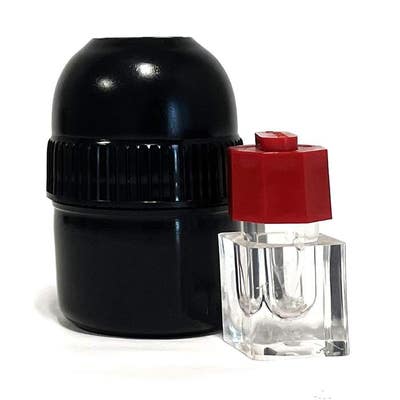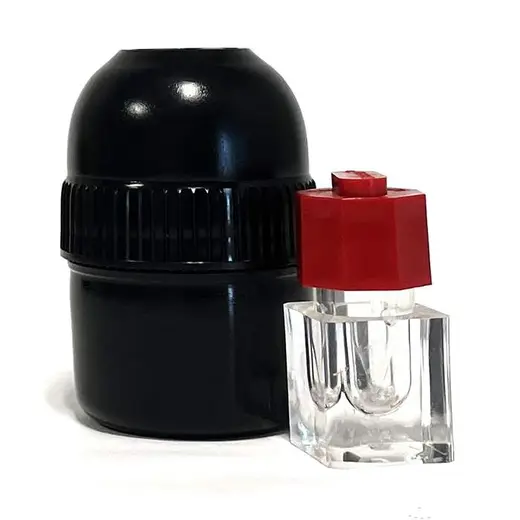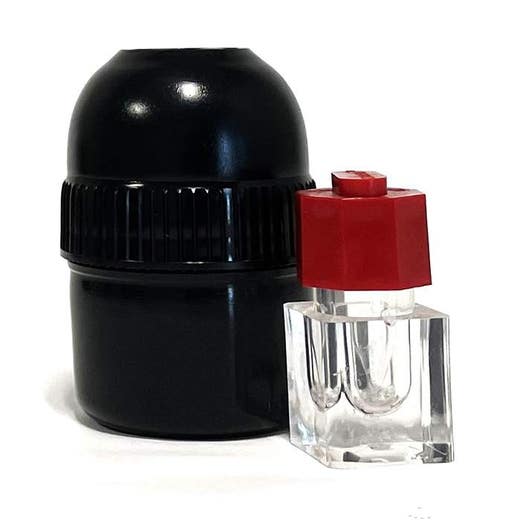
Deoxy-D-glucose, 2-[1,2-3H(N)]-, 250µCi (9.25MBq)

Deoxy-D-glucose, 2-[1,2-3H(N)]-, 250µCi (9.25MBq)




2-Deoxy-D-glucose, labeled with tritium at C1/C2. Deoxy-D-glucose (DOG) is a glucose analog that is readily transported into most cells, is phosphorylated and trapped by the cells (unidirectional transport), and cannot be further metabolized. It is the most-common chemical used in glucose uptake assays.
| Feature | Specification |
|---|---|
| Concentration | 1 mCi/mL |
| Label Position | Nominally Labeled |
| Molecular Weight | 164.2 |
2-Deoxy-D-glucose, labeled with tritium at C1/C2. Deoxy-D-glucose (DOG) is a glucose analog that is readily transported into most cells, is phosphorylated and trapped by the cells (unidirectional transport), and cannot be further metabolized. It is the most-common chemical used in glucose uptake assays.


Deoxy-D-glucose, 2-[1,2-3H(N)]-, 250µCi (9.25MBq)


Deoxy-D-glucose, 2-[1,2-3H(N)]-, 250µCi (9.25MBq)


Product information
Overview
250 µCi quantities of Deoxy D Glucose are available for your research. Application of [3H] 2-Deoxy-D-glucose can be found in: cellular uptake and phosphorylation in guinea pig retina in neuroscience, layer-specific labelling of cat visual cortex after stimulation with visual noise in brain research, effects of immobilization stress and hypophysectomy on uptake in mouse adrenal medulla in autonomic nervous system studies, effect on brain-derived neurotrophic factor (BDNF) expression, etc.
Specifications
| Concentration |
1 mCi/mL
|
|---|---|
| Molecular Weight |
164.2
|
| Application |
Drug Discovery & Development
|
|---|---|
| Brand |
NEN Radiochemicals
|
| Buffer/Solvent |
Aqueous solution
|
| Detection Modality |
Radiometric
|
| Label Position |
Nominally Labeled
|
| Packaging |
NENSure vial
|
| Radioisotope |
3H
|
| Shipping Conditions |
Shipped Ambient
|
| Special Ordering Information |
This is a radioactive product - shipping address must have a license to receive radioactive materials.
|
| Storage Conditions |
5°C
|
| Unit Size |
250 µCi
|
Resources
Are you looking for resources, click on the resource type to explore further.


How can we help you?
We are here to answer your questions.






























